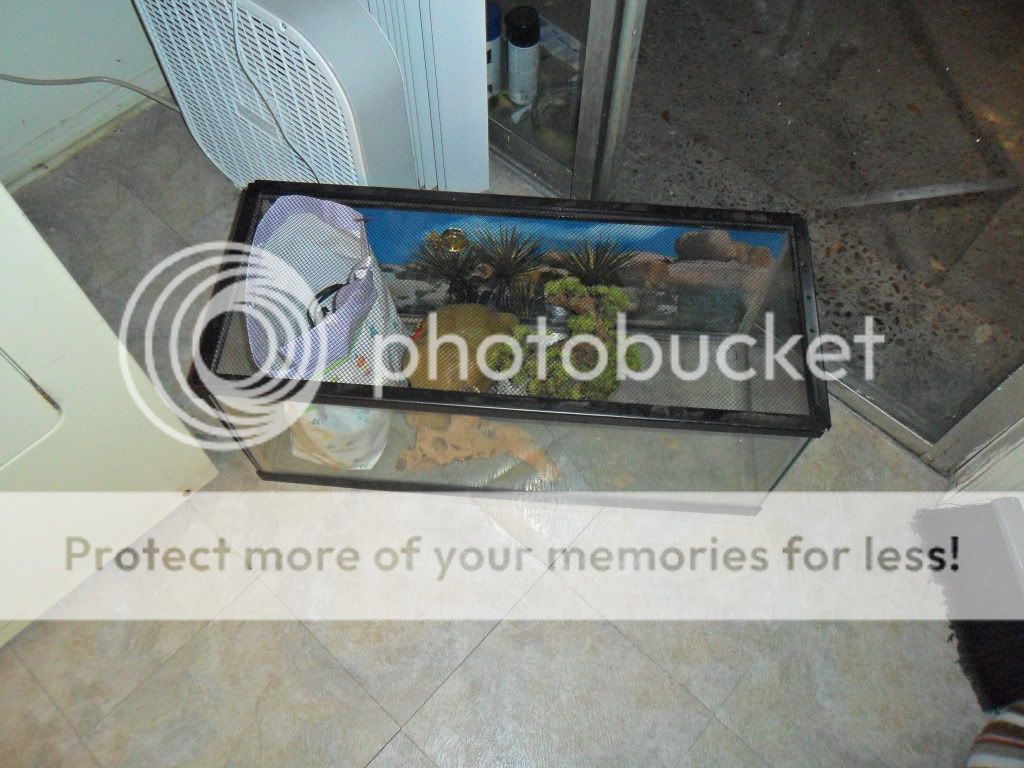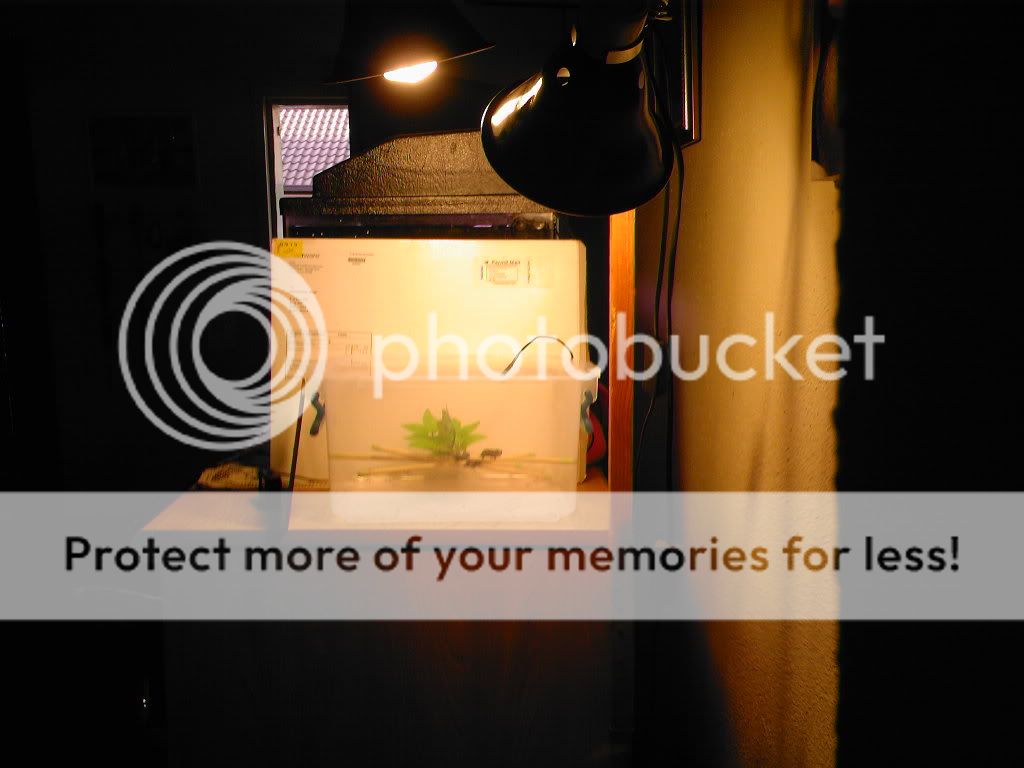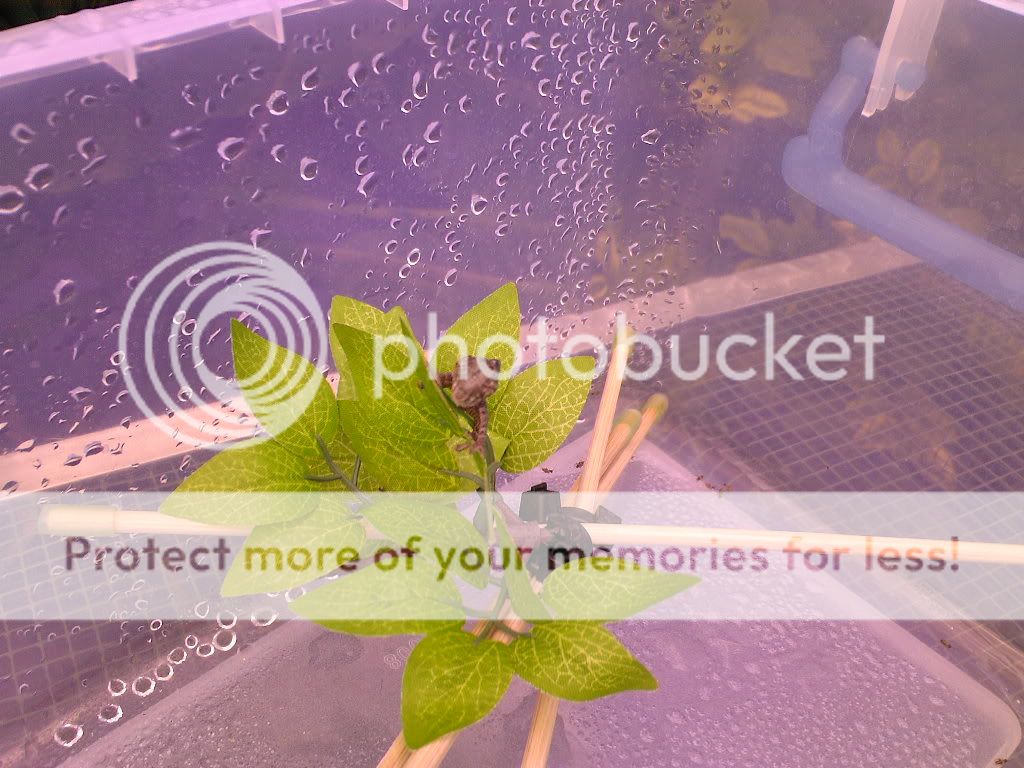Damus
New Member
hey man its understandable that its may appear convienent, but in my opinion i say return it or sell it and get the seperate fixtures...
another reason why is that the uvb light fixture should go across your cage,
this ensures that your cham gets uvb even when its not near the basking area or any part of his cage
while the baksing light, put in a top corner of the cage and he can freely choose to go under it and move away from it, thats how they regulate temp themselves and helps for digestion.
both lights on during the day and off at night.
i would feel its best you need both lights, not just the uvb
the uvb doesnt produce much heat
Ok, sounds like that's the plan then. There is so many things to consider! lol, i love the advice and Im sure my GF will feel the same whenever she gets off work and sees that Ive talked to y'all. I only hoped she kept the receipt!






